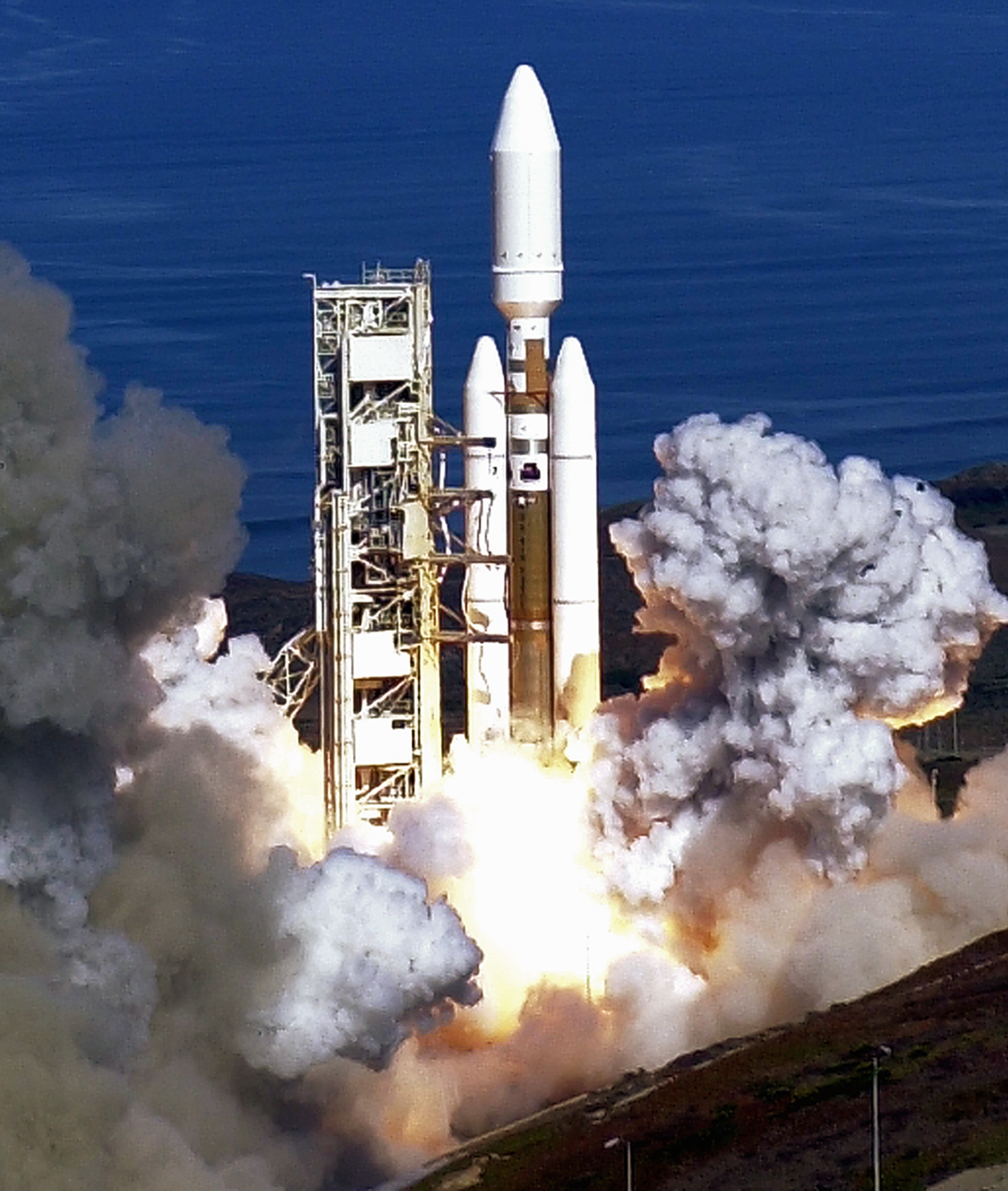LESSONS FROM THE AGE OF EUROPEAN MARINE EXPLORATION FOR THE SPACE AGE.
From the Book "PROTOCOLS" (c) 2012 by American Admiralty Books
Editor's note: sorry we missed a day If you have been following this series that may happen every now and then. We are "editing out loud" so to speak on this series which is eventually intended to be an e-book. Please check back daily.
CAPSULES AND SHUTTLES ARE LONG BOATS
The Space Shuttle no longer operates and the planned replacement the X-34 program did not materialize in time to prevent the U.S from being forced out of manned space flight. We now hitch rides to the international space station on Russian space craft little changed since the 1970s. China is working on going to the moon using space capsules and repeating the feats of the U.S Gemini and Apollo programs of decades ago but with better electronics. Such plans as the U.S. has for manned space flight that have received even a modicum of funding of late amount to very modest improvements in our last high tech long boat. More wings in space dedicated to transport to and from low earth orbit.
As modest as the funding has been to replace the space shuttle there was no funding at all for the "Super Collider". With such a device scientist may explore the core of matter, energy, and time.Such research is is crucial to the propulsion break through to the space version of the caravel. In short, even while NASA has a small program going to discover "the warp drive"http://news.yahoo.com/nasa-scientists-begin-warp-drive-experiments-190400874.html We aren't funding the underlying theoretical physics research. Such research is crucial to finding the propulsion break through to the space version of the caravel. In short there is no organized , funded development program generously endowed enough to be likely to find the break through that Capt. Readdy was talking about back in 1997. We are basically half heartily committed to an improved long boat. We also include however, in our long boat analogy unmanned space probes. These are "long boat missions too. Since 1997 NASA efforts have largely been directed towards such probes. NASA's unmanned probes are going to tell us a great deal about the universe out there in coming years. Moreover the space agencies of other nations some of which have never lofted a manned mission appear quite capable of unmanned probes and internationally the efforts seem to compliment rather than compete with each other.
Between 1998 and 2005 NASA launched about 25 such missions including fly bys of Venus, Jupiter, Mars, Pluto, Asteroids 3352, and McAuliffe and the comet P/West -Kohoutek-Ikemura. An orbitor was launched for Europa and multiple orbiting and landing missions to Mars.The Cassini mission to Saturn arrived on July 1, 2004.
During this same time frame there were numerous similar missions carried out by the Russian, Japanese, and European space agencies. Notice however all were missions to, or mostly within our own solar system. Even those missions which give us a glimpse beyond, such as the Hubble telescope are showing us the cosmos not as it is today but as it was thirty eight to millions of years ago when the light from the distant stars we see began the journey to us and our instruments.
Our rocket science can explore our near shore, our own solar system, but our view beyond is hazy and we have no ability yet to travel or send probes there with any reasonable expectation of serious payoff. For example one of our rocket launched probe Pioneer II will pass a distant star. Pioneer II will fly by the star Lamba Aquila in the year 4,000,000 AD. Let us hope that since it was only about 5,000 years from the appearance of rudimentary mathematics and science to the first moon landing that in another three million, eight hundred thousand years we will have found the ability to fly to Lambda Aquila ourselves on a routine basis, long before our rocket launched probe reaches the area.
If that is to happen the theoretical physicist and the various professions based on the liberal and fine arts; teachers, writers, historians, lawyers and the various artists must cooperate to drive the dream of the great beyond. For a while maritime history informs us that we may benefit from a protracted time in the long boats. The evolution of the space caravel physics work envisioned but as yet unfunded. Historians must articulate where we are in this new age of exploration. Authors, teachers, artists, and cinematographers need to continue to show us an ever evolving vision of the future that includes space travel , exploration, and commerce. All of us must help form the societal consensus that theoretical physics is worth the big investment that will bring us the "warp drive". But history also tells us that there is much work for lawyers, biologists, and medical scientists before we make first contact whether with another intelligent race or a microbe, this book is about not repeating those errors on some future "New World".

No comments:
Post a Comment